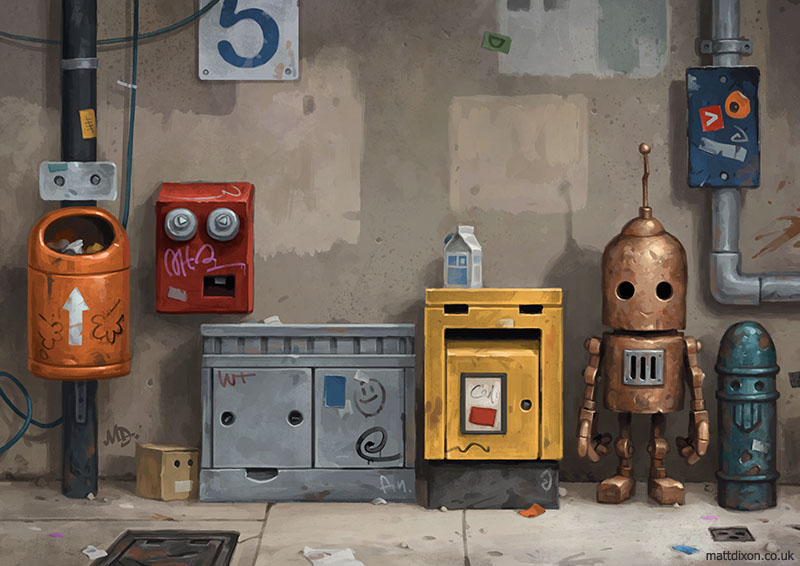Credit your GenAI
I've noticed a worrying trend among many bloggers who use GenAI for the images of their posts: No credit is given. Not even so much as a shoutout to Stable Diffusion, Midjourney, DALL-E et.al., nothing. As if the image appeared out of nowhere.
If you're one of these people, this post is addressed to you.
Using GenAI instead of promoting the work of a living artist is ethically suspect on its own, but I'll give you the benefit of the doubt: Generating “your own” image might be more satisfying than searching among prior art for that just right visual analogy to your written words.
But if you consider yourself a participant in the knowledge commons – as every self-respecting writer should – you have a responsibility to credit your fellow artists, human or otherwise.
It's bad enough that GenAI mashes together thousands of similar drawings and repaints them at your behest with the signatures of its contributors scrubbed out, their record of work erased. Don't add insult to injury by omitting any credit of the machine assistance whatsoever, as if this work was painted by your hand.
Whenever I see an uncredited image online, I assume foul play. It's the equivalent of copy-pasting another writer's article in full, without crediting them by name and source link. Every uncredited image is non-consensual exploitation of art, regardless of origin.
At the very least let us know which AI application you used to generate your image. If nothing else, that combined with the date of your posting will provide a snapshot of that particular AI model's capabilities at that point in time. Years down the line, that's useful data.
The far more artistically honest thing to do would be to include the full prompt you used to produce your image, thus providing an interesting frame of reference for future generations (double meaning intended) to measure the growth of our synthetic art students.
Best of all – short of simply utilizing the work of real artists – would be to accompany your service-credited and prompt-transparent illustration with a brief list of human-made works that closely resemble it.
From Big AI Commons:
Designed for the betterment of society, an automated synthesizer would happily (there’s that anthropomorphic slip again) tell you about every single piece of information it has ingested. When outputting a synthesized information blob it may not be able to tell you the exact sources from which this output was derived (because that’s not how Synthetic Media Machines work), but it absolutely could do a reverse-search on its own corpus of data and tell you which articles / books / images / films are most similar to this “new” thing you now have in your possession.
I understand no one will ever bother to actually do this due diligence unassisted, but it's an interesting thought exercise nonetheless. And I wish to one day live in a world where I can click on an AI generated image and see “Similar works [by humans]” presented to me the same way I already can on Google Images. We already have the technology, we just lack the will.
The art of knowledge work is inherently relational and referential. The way we make sense of new information and transmute it into lasting wisdom is by following the trail left behind us by the knowledge workers of old. If that historical chain of attribution to prior art is severed and we lose sight of where our current state of knowledge comes from, we may as well start all over again from scratch, and we just don't have that kind of time.
